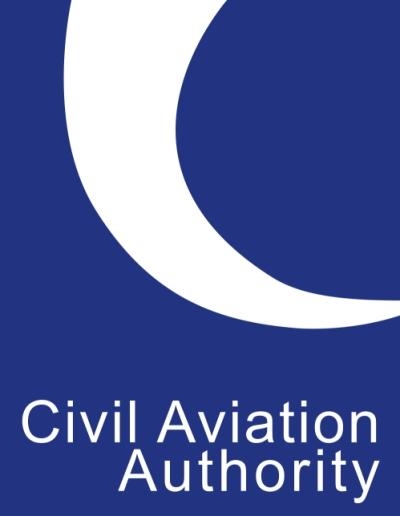Wed, Nov 25, 2015
Flight Testing Of Prototype Small Aircraft In The UK Is Now Less Expensive And Complex
When a manufacturer goes to develop a new aircraft, it’s not as simple as just building a prototype and seeing how it works. Up until now, both the U.S. and the UK have required a prototype aircraft to be certified for the purpose of flight testing prior to the first flight. This can be a complex and expensive process. But now, things have changed in the UK.

In the UK, the requirements for experimental aircraft, known as E conditions, will benefit small-scale aircraft designers and manufacturers by reducing the red tape and financial burdens associated with securing airworthiness and operational approval for new light aircraft designs, encouraging the growth of new design concepts.
The requirements allow aircraft designers to try out a new concept aircraft (up to a maximum take-off mass of 2,000 kg, which is about 4,400 pounds) in the air without going through the costly and time consuming procedures that currently exist to get a new design past the initial stage of proof-of-concept prototype. E Conditions can also be used to test aircraft modifications or if the aircraft is being operated in a manner or role that is previously unproven. If, after trying out a promising idea, it is thought to be viable, then a full certification program can be planned and funded in the usual way.
Individuals and organizations conducting proof-of-concept flights will still be required to undertake a risk assessment to support the activity and in particular, ensure that the risks to third parties are adequately addressed. For example, flights would not be allowed over congested areas, the pilot must be suitably qualified and no passengers or cargo can be carried. Prior to the commencement of flight, an E Conditions Declaration must be submitted to the CAA relating to the flight test program.
These flight testing changes have been put in place in an effort to encourage more light aircraft development.
More News
Aero Linx: Model Aeronautical Association of Australia MAAA clubs are about fun flying, camaraderie and community. For over 75 years, the MAAA has been Australia’s largest fl>[...]
Touchdown Zone Lighting Two rows of transverse light bars located symmetrically about the runway centerline normally at 100 foot intervals. The basic system extends 3,000 feet alon>[...]
“Discovery and innovation are central to our mission at Virgin Galactic. We’re excited to build on our successful record of facilitating scientific experiments in subor>[...]
How To Get A Story On Aero-TV News/Feature Programming How do I submit a story idea or lead to Aero-TV? If you would like to submit a story idea or lead, please contact Jim Campbel>[...]
Student Pilot Reported That During Rotation, “All Of A Sudden The Back Of The Plane Kicked To The Right..." Analysis: The student pilot reported that during rotation, “>[...]
 ANN's Daily Aero-Linx (05.02.24)
ANN's Daily Aero-Linx (05.02.24) ANN's Daily Aero-Term (05.02.24): Touchdown Zone Lighting
ANN's Daily Aero-Term (05.02.24): Touchdown Zone Lighting Aero-News: Quote of the Day (05.02.24)
Aero-News: Quote of the Day (05.02.24) ANN FAQ: Contributing To Aero-TV
ANN FAQ: Contributing To Aero-TV NTSB Final Report: Cirrus Design Corp SR20
NTSB Final Report: Cirrus Design Corp SR20



